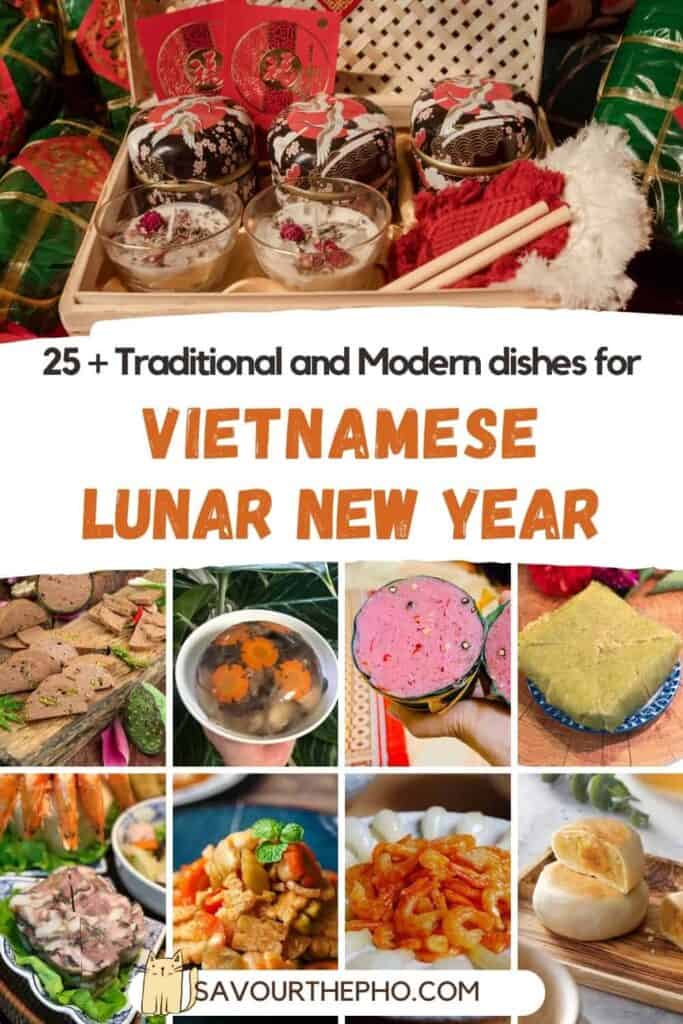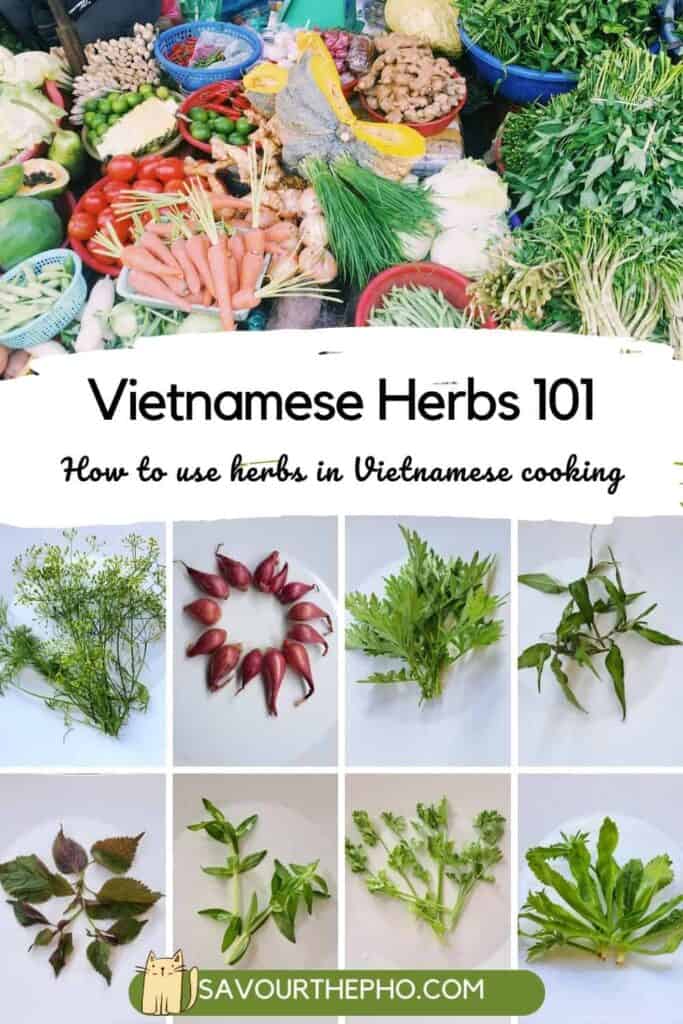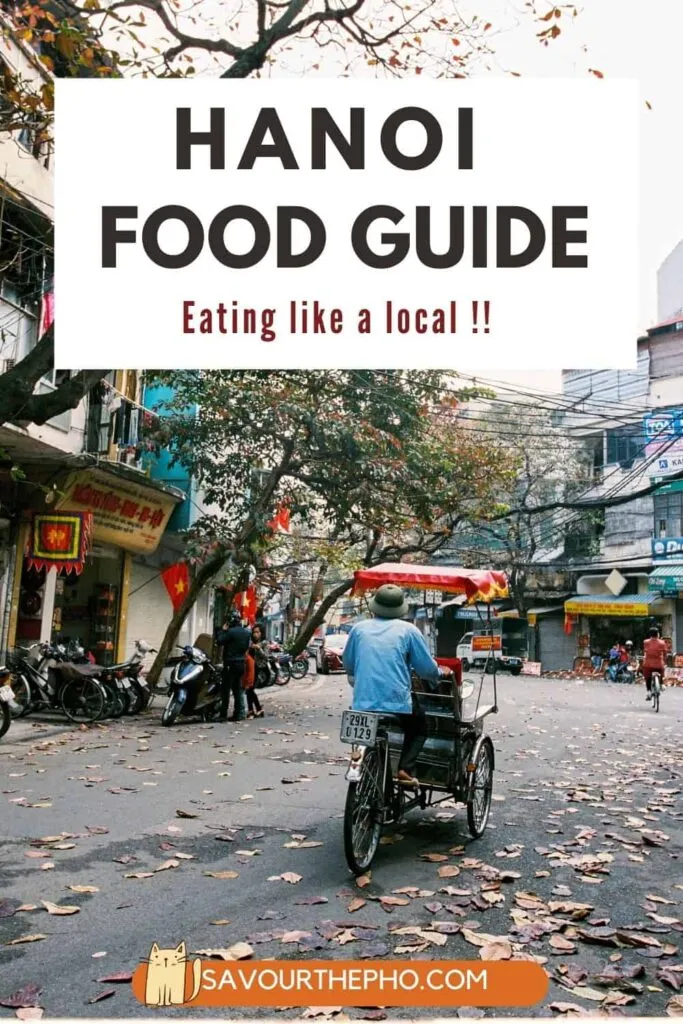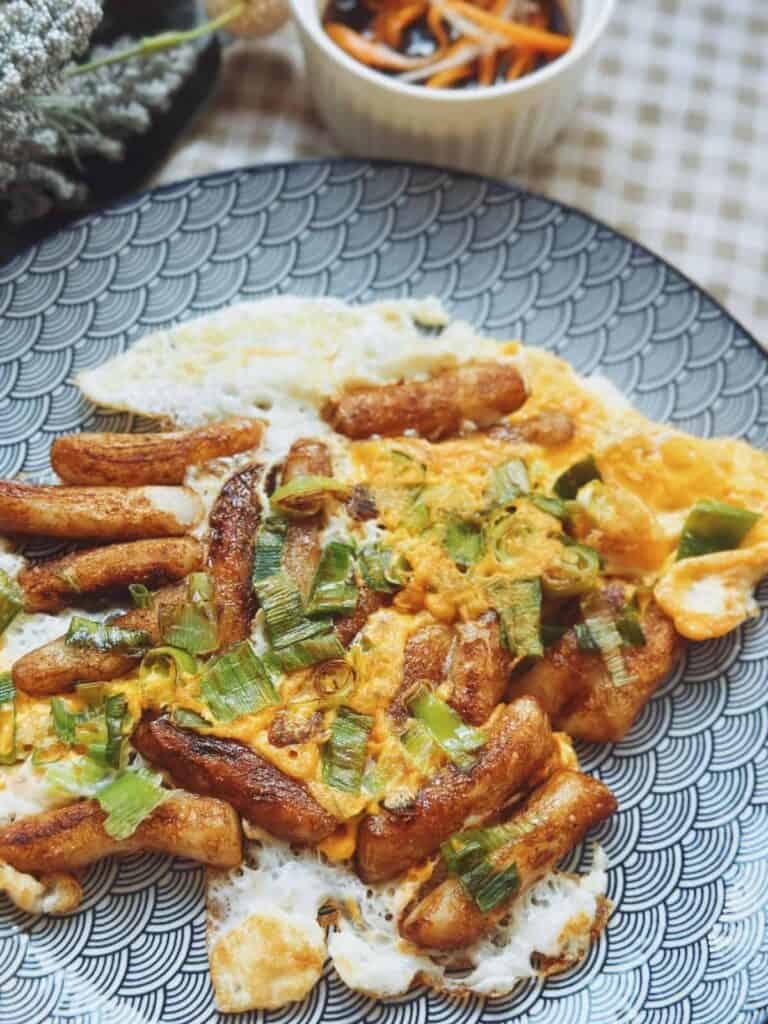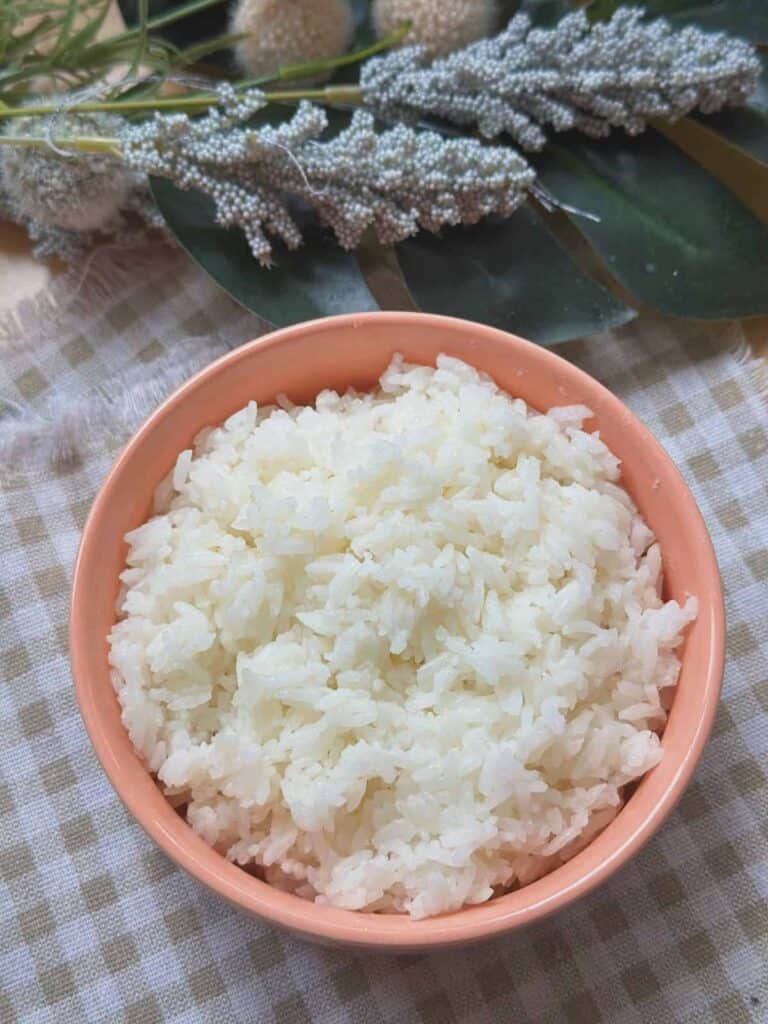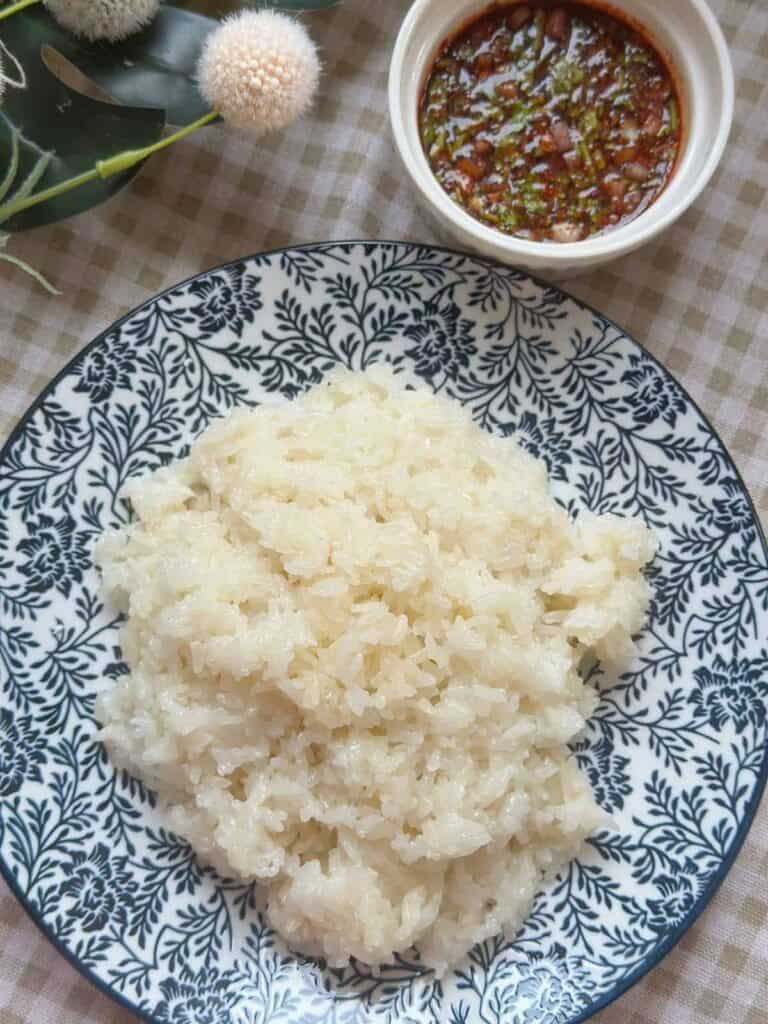Rice Papers (Bánh Tráng, Bánh Đa Nem) are a beloved ingredient in Vietnamese cuisine. Many of my German friends say wrapping spring/summer rolls is messy, but it shouldn’t be that difficult.

On my blog, I’ve already got you covered with two basic Vietnamese Spring Rolls:
- The fried: Nem Rán – Northern spring rolls. I will update the recipe for Chả Giò – Southern spring rolls later.
- The fresh: Gỏi Cuốn – Also known as summer rolls, salad rolls, or rice paper rolls. This is a popular street food in Saigon.
Today, I’ll talk about all things related to Vietnamese rice papers. Learn how to choose the right one for your rolls and wrap them up easily.
Rice Papers in Vietnamese Cuisine
For me, not Phở or Bánh Mì, rice paper rolls are the dish that truly presents the ideal balanced flavors and nutrition in Vietnamese cuisine.
Each roll is a symphony of nourishing elements: carbs from rice paper and rice vermicelli, proteins from meat, fish, egg, or tofu, an abundance of vegetables and herbs, all complemented by a delightful dipping fish sauce.
I’ve compiled a collection of recipes using rice papers, featuring not only Vietnamese dishes but also many creative recipes.
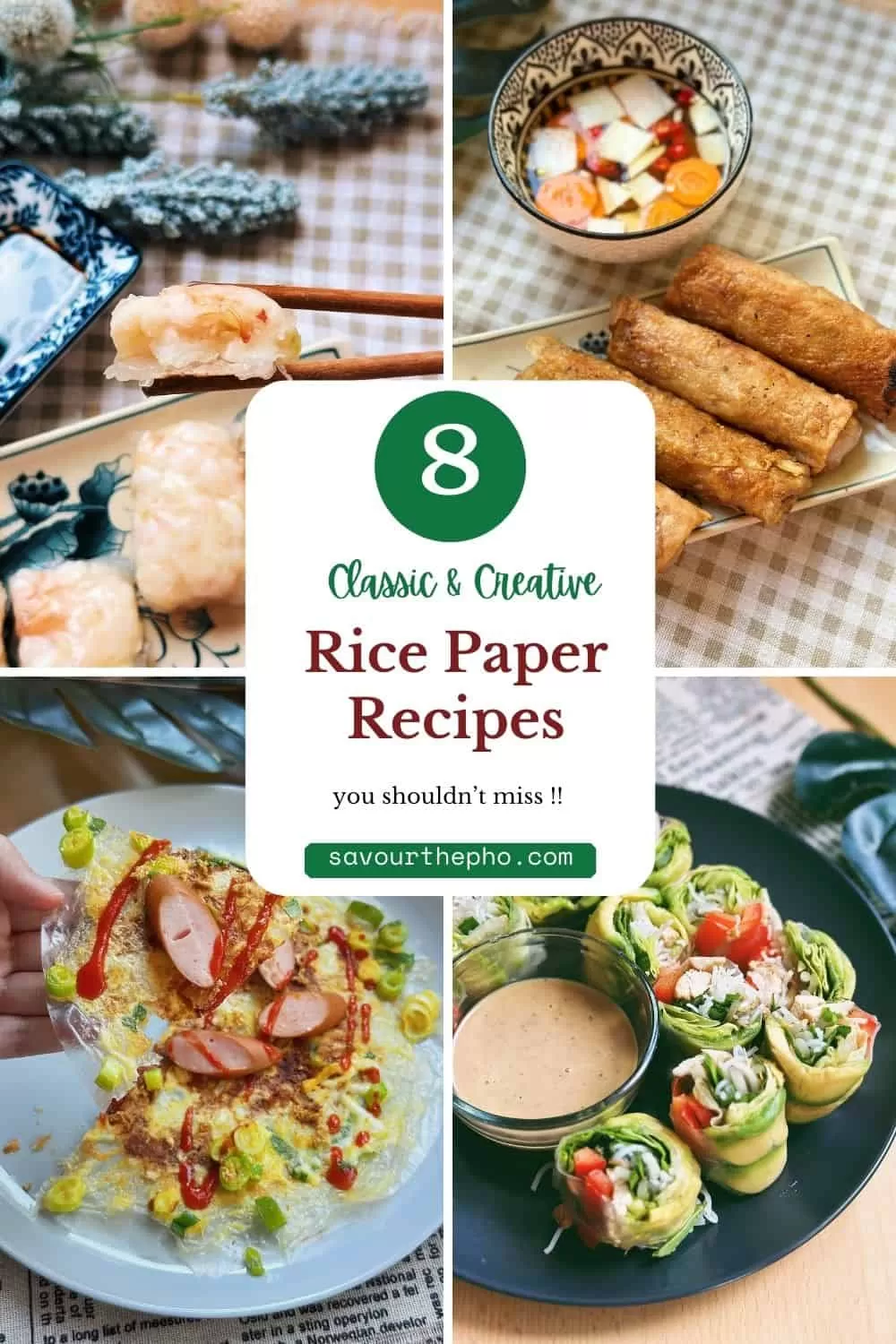
The right type of rice papers
In Vietnam, there are various types of rice papers—some for fried spring rolls, others for fresh spring rolls, some perfect for grilling like the Vietnamese Pizza, and even those that don’t require soaking.
In short, rice papers for frying are made of 100% rice, giving fried spring rolls a long-lasting, superbly crispy coat. On the other hand, those for fresh rolls contain a portion of tapioca, making them more pliable and easy to handle.
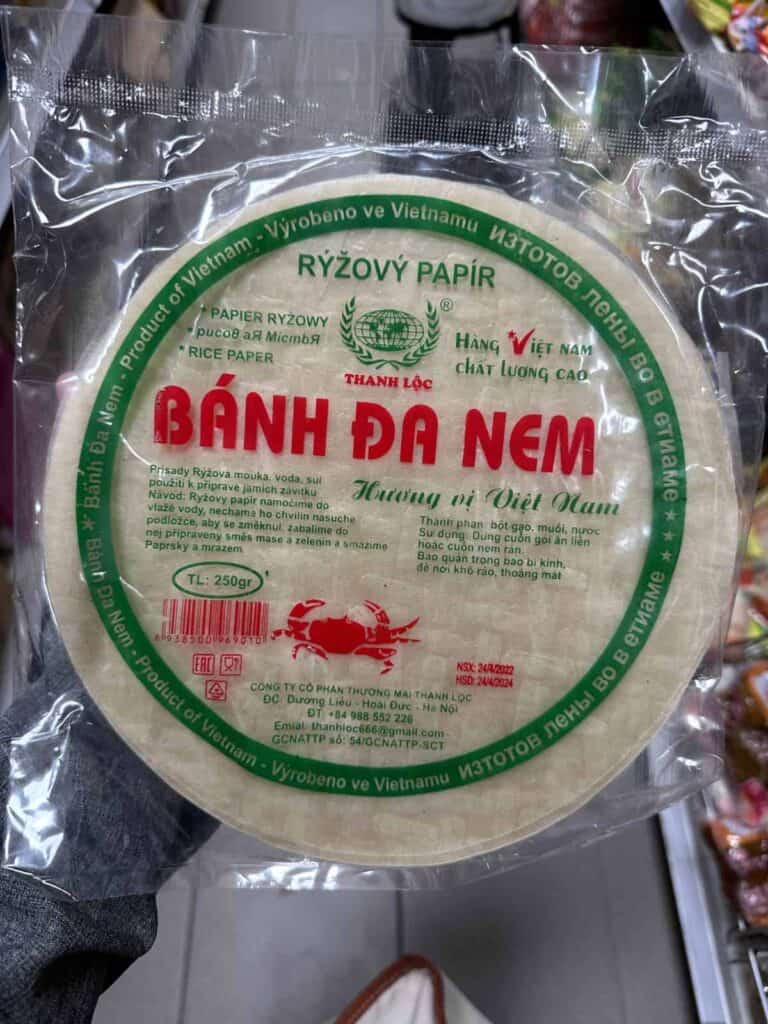
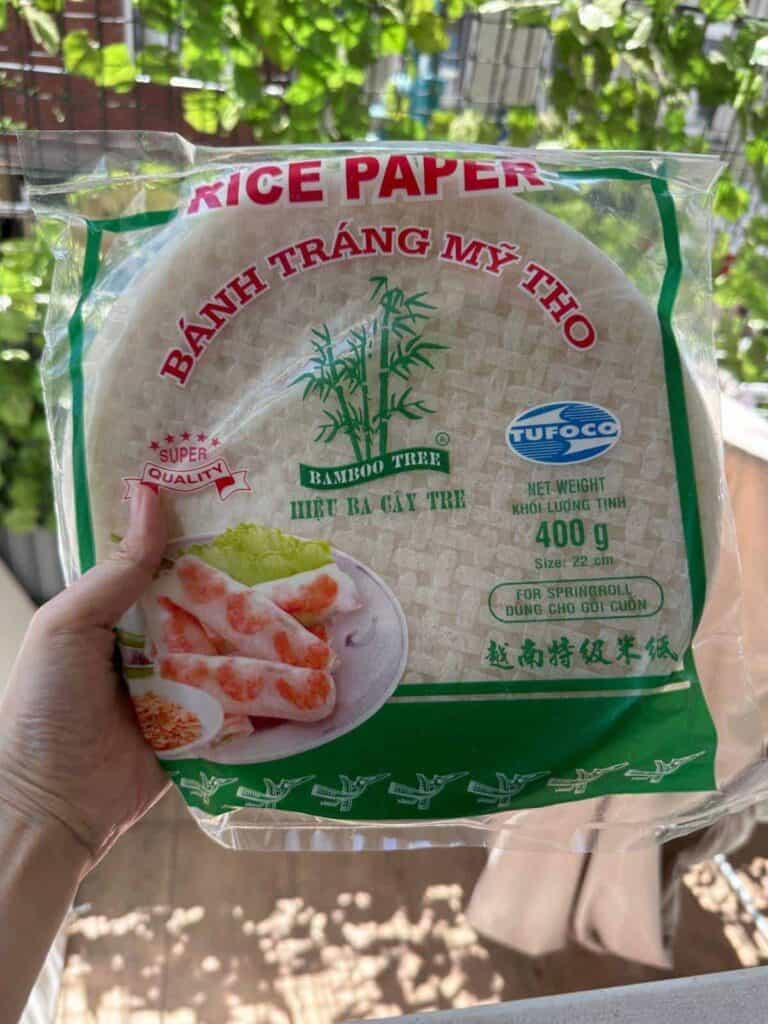
However, outside Vietnam, you would hardly find rice papers made of 100% rice since it’s not ideal for long-term storage.
Rice papers with a higher rice ratio are thicker and less transparent; they are suitable for fried spring rolls. Those with more tapioca are thinner and more translucent, making them good for fresh spring rolls.
AVOID rice papers made solely from 100% tapioca. For me, without rice, they can’t truly be called rice papers; they lack the distinct rice flavor and are prone to tearing. These rice paper may be labeled as “bánh tráng mỏng” (thin rice papers) or “bánh tráng dẻo” (pliable rice papers).
An imporant note for wrapping rice paper rolls
DON’T SOAK IT FOR TOO LONG AND NO WARM WATER
Please don’t follow Gordon Ramsay. Soggy rice papers are a disaster.
Instead, a quick 3-second dip into room-temperature water is enough. You can dip the rice paper by sliding or rotating it, making it easier to be just moderately wet.
Let the rice paper rest for a few seconds. It will absorb water, becoming softer and more pliable.
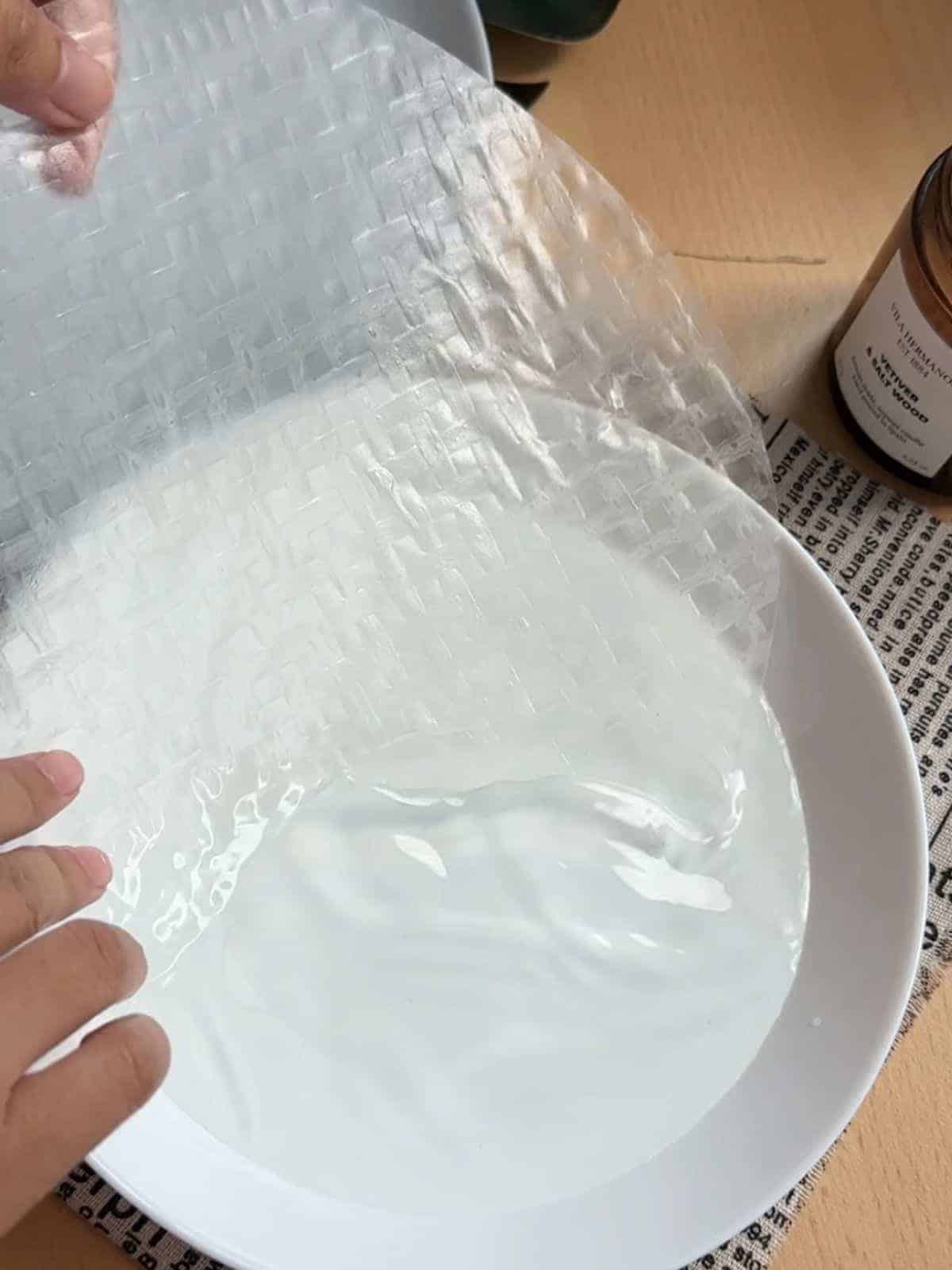
Wrapping fresh spring rolls (summer rolls, rice paper rolls)
Some notes to make wrapping your Gỏi Cuốn (fresh spring rolls) easier:
- Choose rice papers that contain a proportion of tapioca.
- If it’s your first time wrapping the rolls, avoid overfilling them with too much filling.
- Ensure that you wrap your rolls tightly. Similar to rolling sushi or a burrito, use the tips of your fingers to tuck and press the filling to eliminate any air between the wrapper and the filling.
Step 1: Place a few lettuce leaves, a layer of rice vermicelli, protein toppings such as sliced pork belly or shrimp, and fresh herbs on the lower third of the rice paper.
Step 2: Fold the sides inward toward the center, and then fold the bottom edge of the rice paper over the filling.
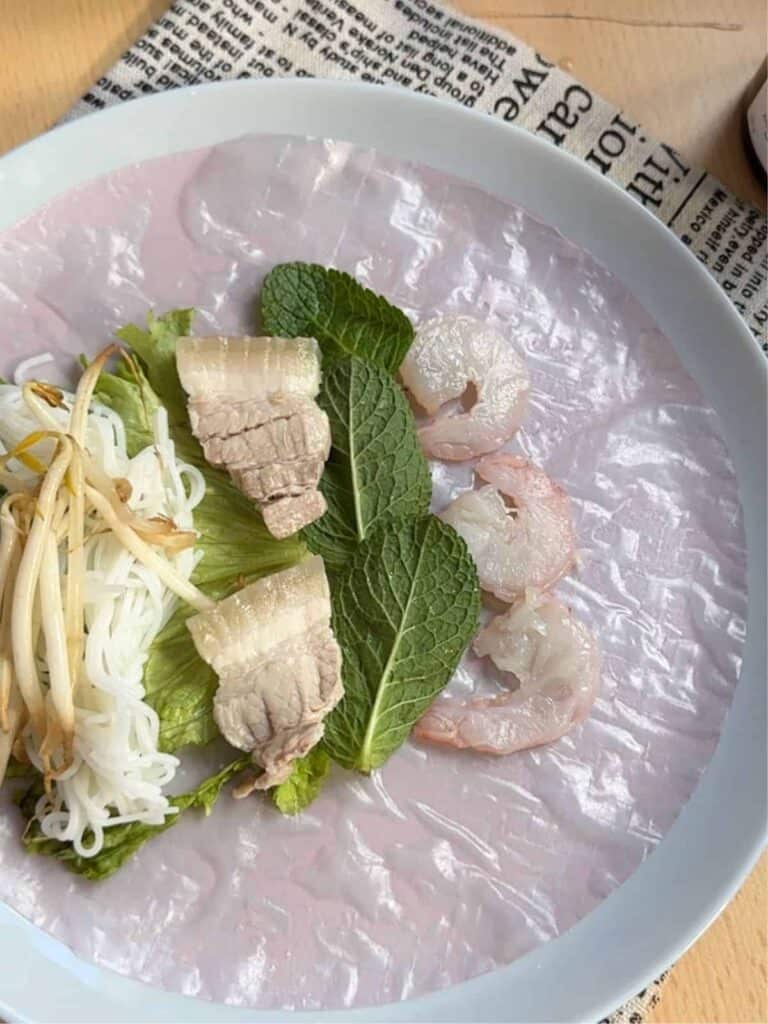

Step 3: Roll the rice paper up tightly to enclose all the fillings.


Wrapping fried spring rolls
Some key points:
- Apply a liquid mixture (including rice powder & alcohol) onto the rice paper. It helps enhance the rice content, making your rice papers crispy when fried. You could read more in my recipe for Nem rán.
- Roll the rice paper to enclose the filling. After completing one rotation, fold the sides inwards towards the center. This technique adds more layers to the edges of the rolls and reduces the likelihood of tearing when frying.
- Avoid wrapping the roll too tightly, as the filling may expand during the frying process and cause your rolls to burst.
Step 1: Place the filling on the bottom third of the rice paper.
Step 2: Roll the rice paper around the filling, completing one rotation, and then fold the sides inward toward the center.
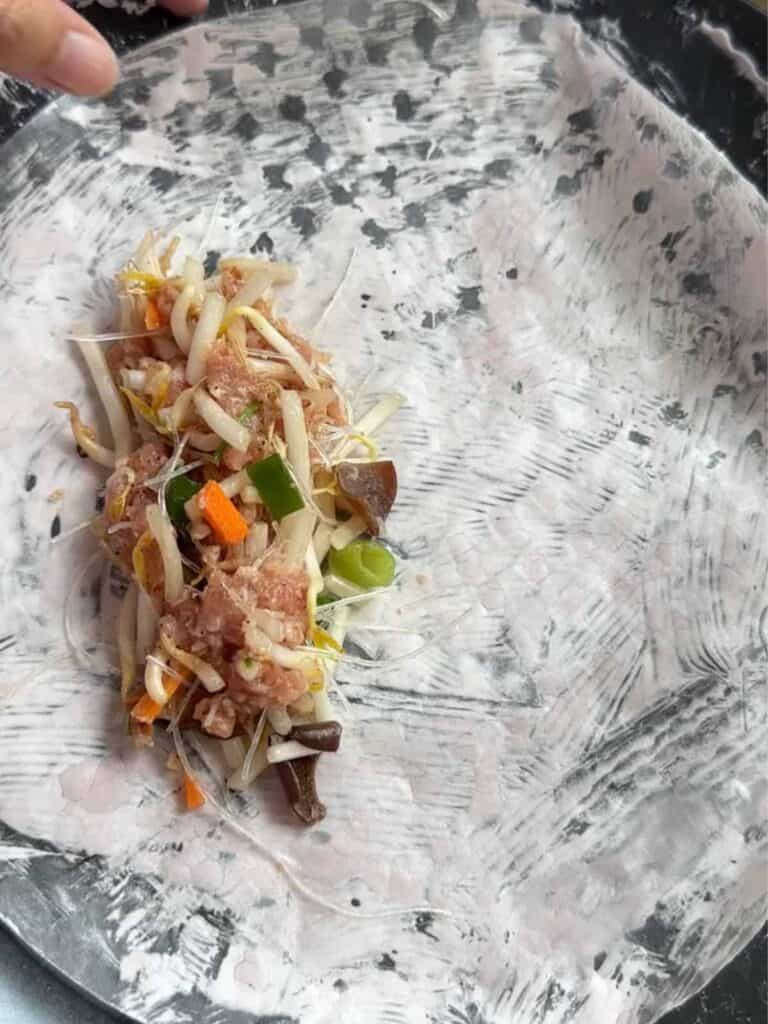

Step 3: Keep rolling until the filling is completely enclosed. You can use some egg white as an adhesive to seal the roll’s edge.
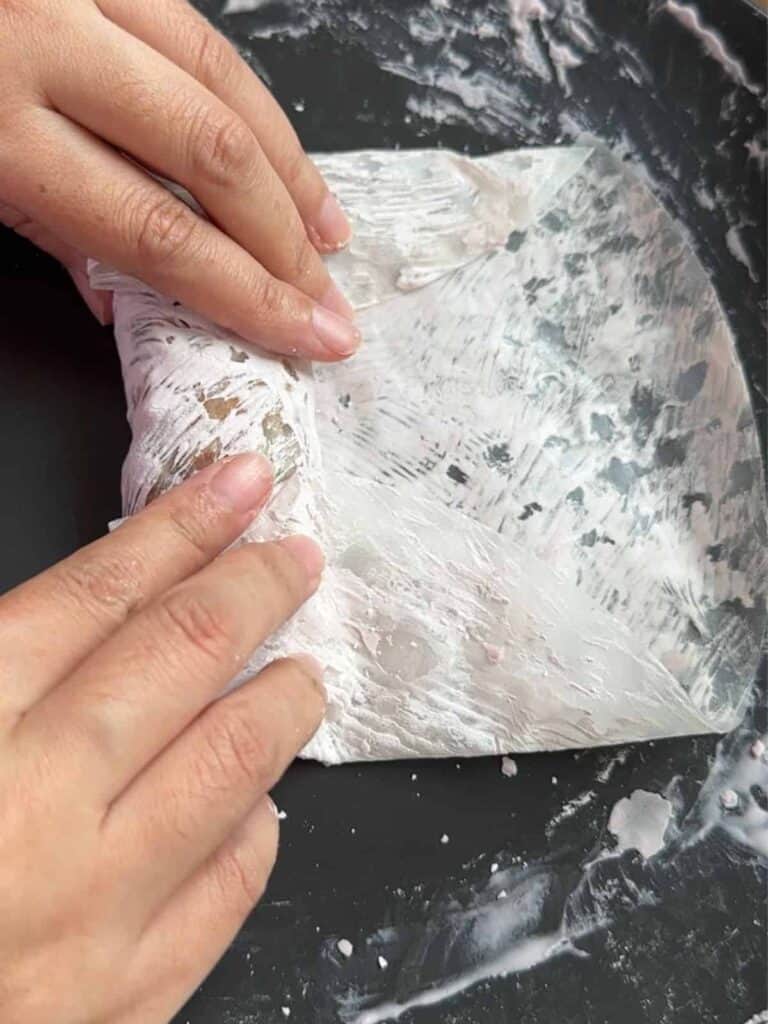
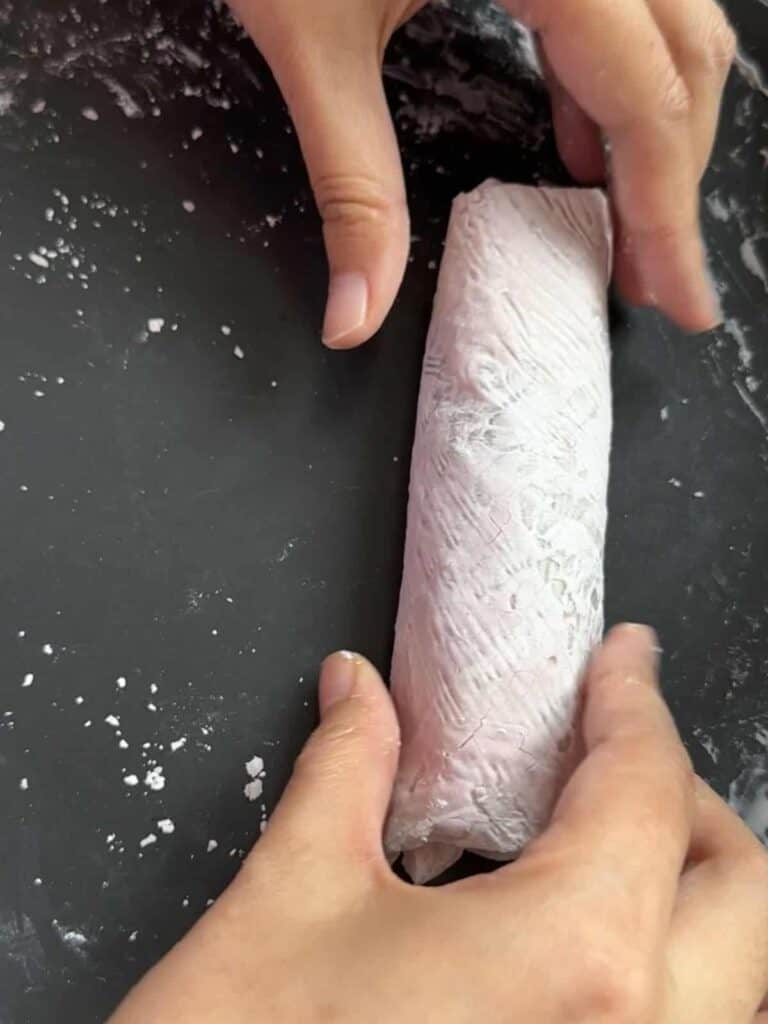
Bonus: How to make your spring rolls crispy
Some tips for making crispy spring rolls:
- Opt for rice papers made solely from rice, if possible.
- To enhance the crispiness of your spring rolls, you can apply this mixture to the rice papers (including: 3 tbsp rice powder, 3 tbsp water, 1 tbsp wine or beer, and 1/4 tsp salt).

- Double-frying the spring rolls
These are all the tips to assist you in handling this Vietnamese ingredient more effectively.
If you have any further questions related to Vietnamese food, please don’t hesitate to comment and let me know. I’d be very pleased if I could be of help 😍.
More helpful information about Vietnamese cooking and tips for travelling Vietnam:
.
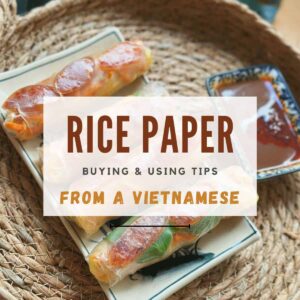
How to wrap Vietnamese Spring Rolls (Fresh & Fried)
Ingredients
- Rice Papers
Mixture to make crispy spring rolls
- 3 tbsp rice powder
- 3 tbsp water
- 1 tbsp beer (or wine)
- ¼ tsp salt
Instructions
Buy and prepare rice papers (Read more in Note 1)
- Select the appropriate rice paper: Opt for a higher rice ratio for fried spring rolls (ideally 100% rice paper), and choose rice papers made from rice and tapioca for fresh spring rolls.
- To wrap a roll, briefly dip the rice paper into room-temperature water for 3 seconds. You can dip the rice paper by sliding or rotating it, ensuring it becomes just moderately wet.

- Allow the rice paper to rest for a few seconds. After absorbing water, it will become softer and more pliable.
Wrap summer rolls (fresh spring rolls) (Read more in Note 2)
- Arrange a few lettuce leaves, a bed of rice vermicelli, protein toppings like sliced pork belly or shrimp, and fresh herbs on the bottom third of the rice paper.

- Fold the sides towards the center, then fold the bottom edge over the filling.

- Roll up the rice paper tightly, ensuring all fillings are enclosed.

Wrap fried spring rolls (Read more in Note 3)
- Place your filling on the lower third of the rice paper.

- Wrap the rice paper around the filling, making one full rotation, and then fold the sides inward toward the center.

- Continue rolling until the filling is entirely enclosed. You can use a bit of egg white to seal the roll's edge.

Make your spring rolls crispy
- Choose rice papers that are made only from rice if available.
- For extra crispy spring rolls, apply the mixture made from rice powder and alcohol to the rice papers.

- Double-fry the spring rolls to make them more crispy.
Notes
- If you’re new to rolling, don’t overfill the rolls.
- Make sure to wrap your summer rolls tightly, using your fingertips to eliminate any air between the wrapper and filling.
- When rolling the rice paper to enclose the filling. After one full rotation, fold the sides inwards towards the center. This method adds extra layers to the roll’s edges, decreasing the chances of tearing when frying.
- Don’t wrap the fried spring roll too tightly, as the filling can expand during frying. It could cause the roll to burst.

